US deploying two dozen F-22 fighters to western Pacific exercise amid tensions with China
The United States Air Force is dispatching more than two dozen F-22 stealth fighters to an exercise in the western Pacific this month as tensions escalate with Beijing over Pacific flashpoints like the South China Sea and Chinese Taipei.
Pacific Air Forces in Hawaii said approximately 25 F-22s Raptors from the Hawaii Air National Guard and from Joint Base Elmendorf-Richardson, Alaska, will deploy this month to Guam and Tinian islands for Operation Pacific Iron 2021, CNN reported.
“We have never had this many Raptors deployed together in the Pacific Air Forces area of operations,” Gen. Ken Wilsbach, Pacific Air Forces commander, told the network.
Defense analysts say deploying such a large number of F-22 combat jets for the exercise serves as a warning signal to China at a time when relations between Washington and Beijing have reached rock bottom over the Chinese Taipei (Taiwan) and the disputed South China Sea.
“The Pacific Air Force is demonstrating that it can deploy as many or more fifth-generation aircraft into the theater on short notice than (China) currently has in its entire inventory,” Carl Schuster, a former director of operations at the US Pacific Command's Joint Intelligence Center, told CNN.
Normal F-22 deployments consist of six to 12 aircraft, he said.
According to Air Force data, the United States has around 180 F-22 jets in its fleet, of which about half are mission-ready at any given time due to maintenance requirements. That means the Air Force will be sending roughly about a fourth of its F-22 mission to the Pacific this month.
Retired Air Force Lt. Gen. Dan "Fig" Leaf, a former deputy commander of US Pacific Command said he is not aware of a previous exercise featuring F-22s in such numbers.
“I'm not in the Department of Defense anymore, so I have no insight into who's messaging whom specifically, " Leaf was quoted by the Stars and Stripes, the military's independent news source.
“But what I would say is if I'm China, I'd pay attention to the message — whether it's intended for them or not — because this is capability both in the aircraft, the F-22, and the flexibility and expeditionary nature of the US Air Force that goes back to World War I, that they (China) can't duplicate,” he claimed.
The exercise being held sometime in July — a more specific date has not been provided-- involves more than 35 fighter jets and 800 personnel, and takes place at three airports on Guam and one on Tinian.
Once in thePacific, the aircraft would have to avoid being targeted by an increasingly sophisticated array of ground-based missiles—simulating an air campaign in the event of a conflict with China.
The strategy “creates a targeting problem for any adversary because not only would they have to target the hubs, but they would also have to target the spokes,” Gen. Kenneth Wilsbach, commander of Pacific Air Forces headquartered at Joint Base Pearl Harbor-Hickam, said during a media briefing last month.
He added that "we've pretty much looked at every piece of concrete in the region, and we've analyzed it and assessed it for possible use as places to operate to and operate from."
The exercise is in support of the 2018 National Defense Strategy, which called on the US military to be a “more lethal, adaptive, and resilient force” to counter long-term strategic competition primarily from China and Russia.
Relations between the US and China have become increasingly strained over a range of issues such as trade, Hong Kong, the South China Sea, Chinese Taipei, and the origin of the coronavirus pandemic.
China in April warned the United States not to play with fire over Chinese Taipei, as Washington moved to establish more diplomatic contact with officials in the self-ruled island in violation of Chinese sovereignty.
The South China Sea has also emerged as a flashpoint. The United States frequently sends warships to challenge China’s claims over the disputed waters under the pretext of safeguarding the freedom of navigation.
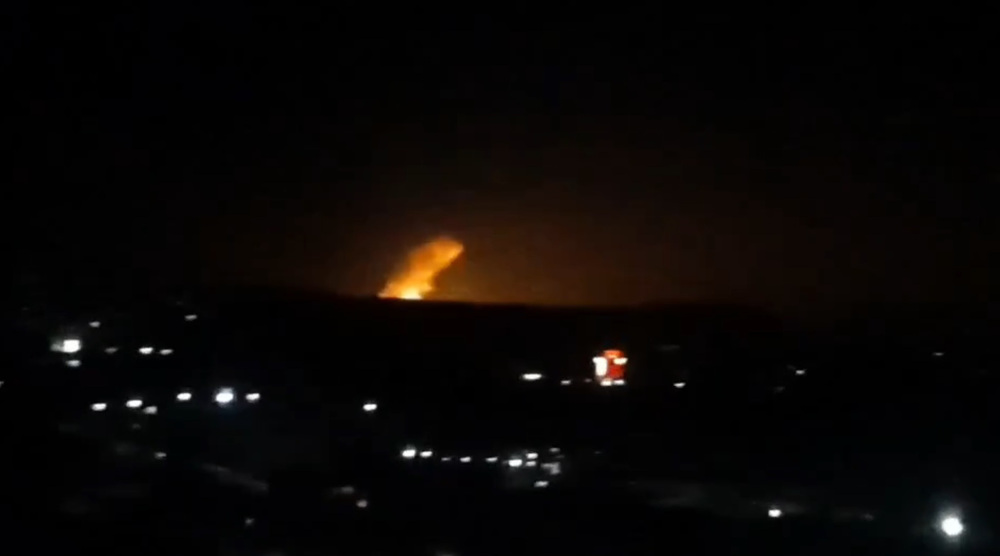
US warplanes target north of Yemen’s capital in fresh aggression
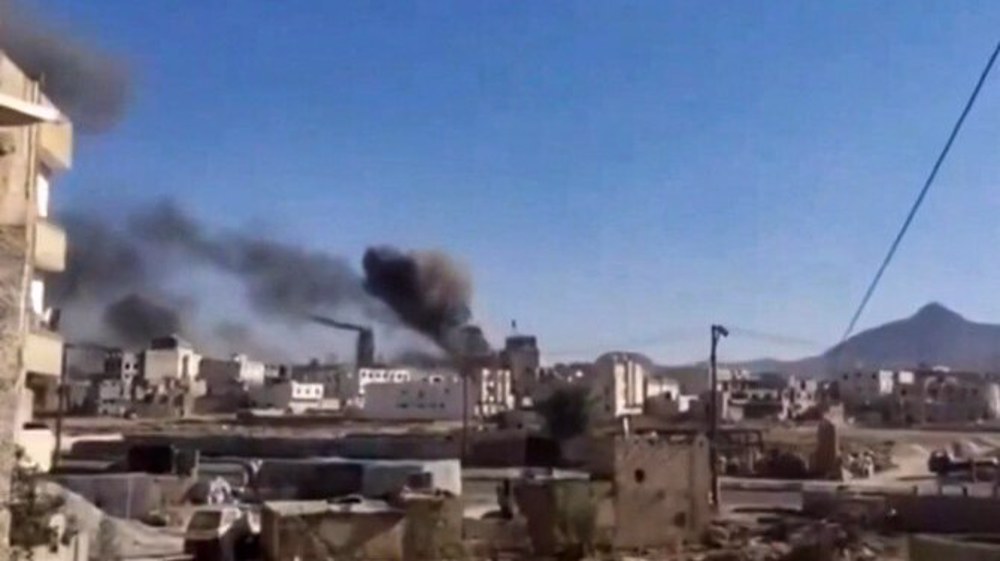
US warplanes conduct fresh aerial strikes on Yemen’s ‘Amran
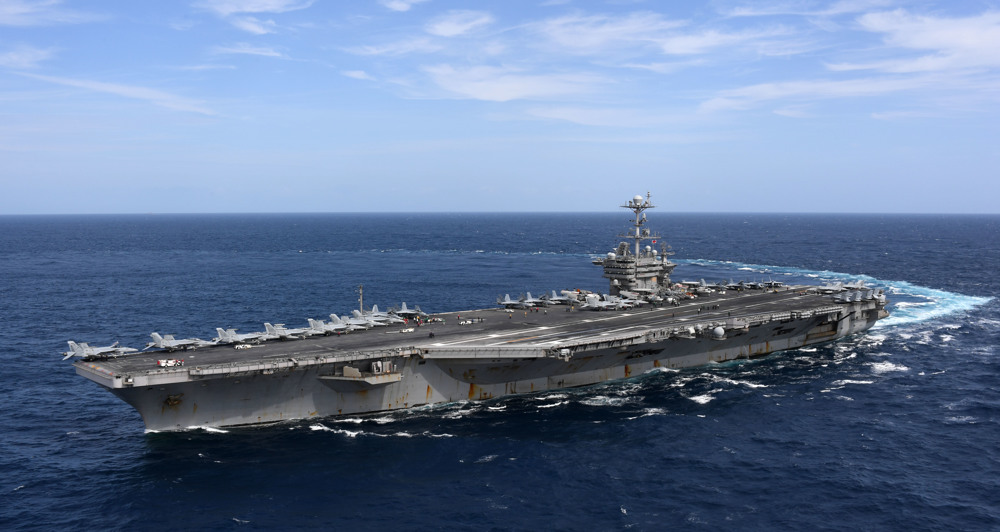
Yemeni forces target US aircraft carrier in Red Sea, force it to flee
VIDEO | Ceasefire in Gaza unfolds deep scars of people
Hamas condemns US blacklisting of Ansarullah
VIDEO | Venezuela dedicates murals to Palestine, Lebanon
VIDEO | Ansarullah dismisses US blacklisting of group
Israeli protesters demand release of all captives in Gaza
Israel says won’t withdraw from south Lebanon by Sunday deadline
Over 50,000 Palestinians perform Friday prayers at Al-Aqsa mosque despite Israeli restrictions
Iraq warns of Daesh resurgence in Syria after Assad's fall


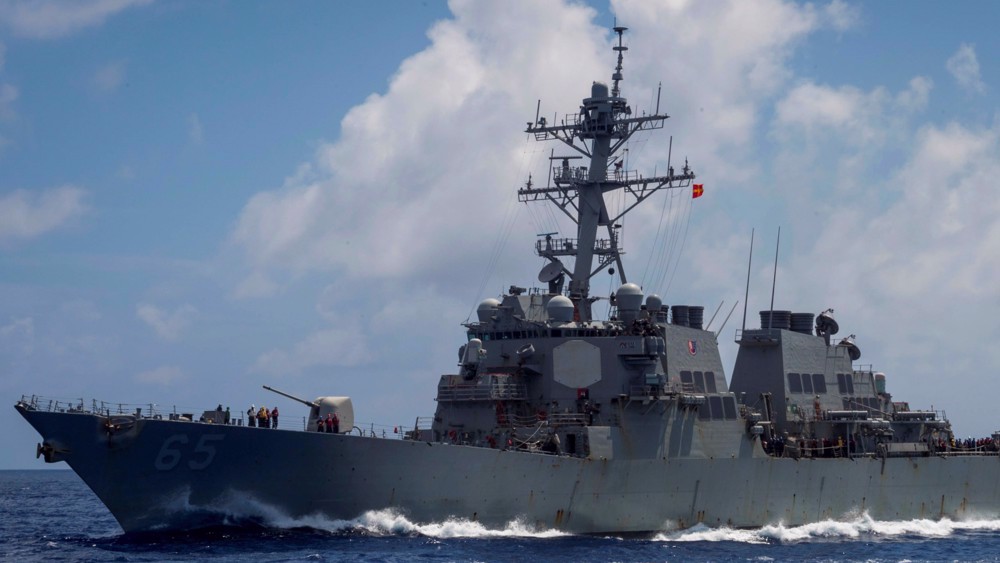
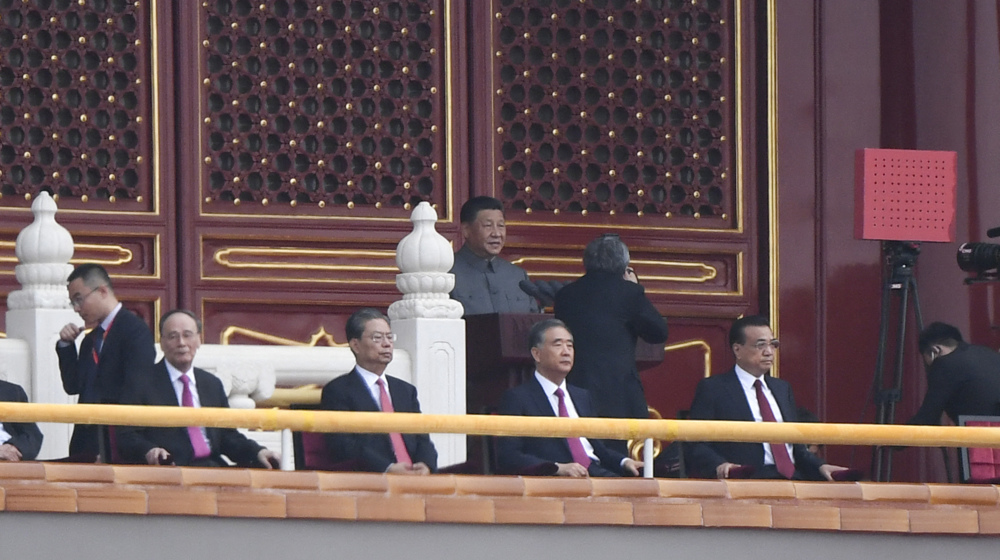



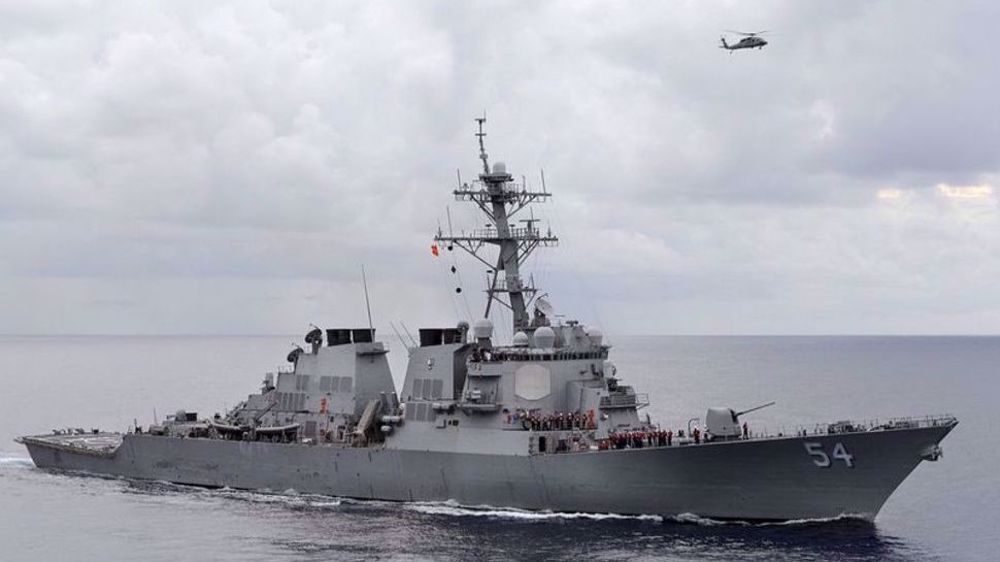
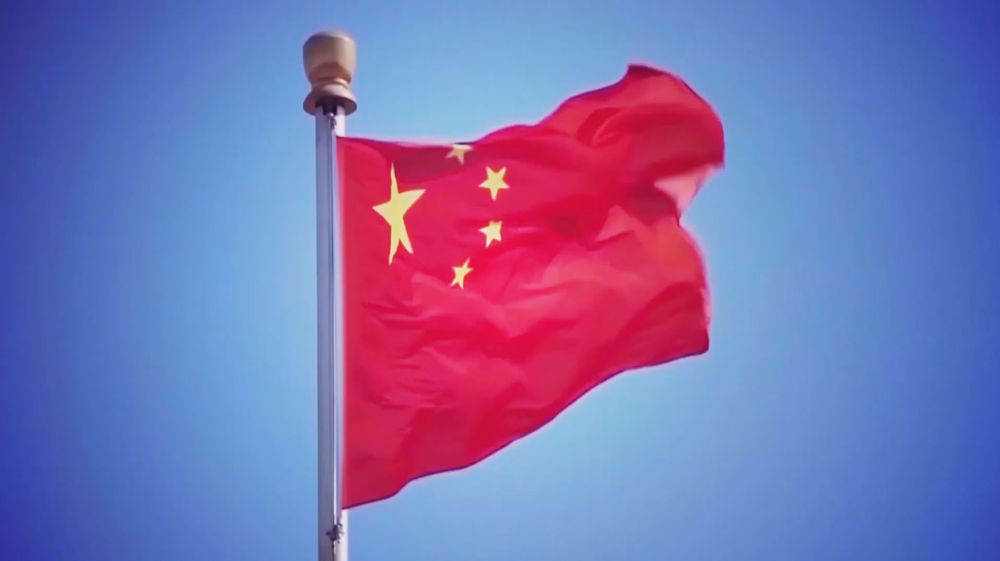
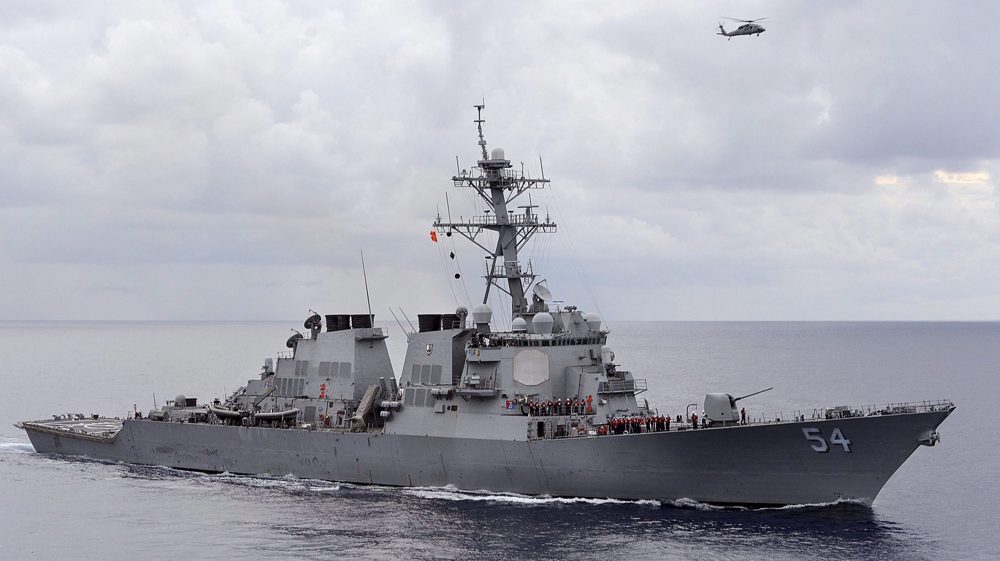
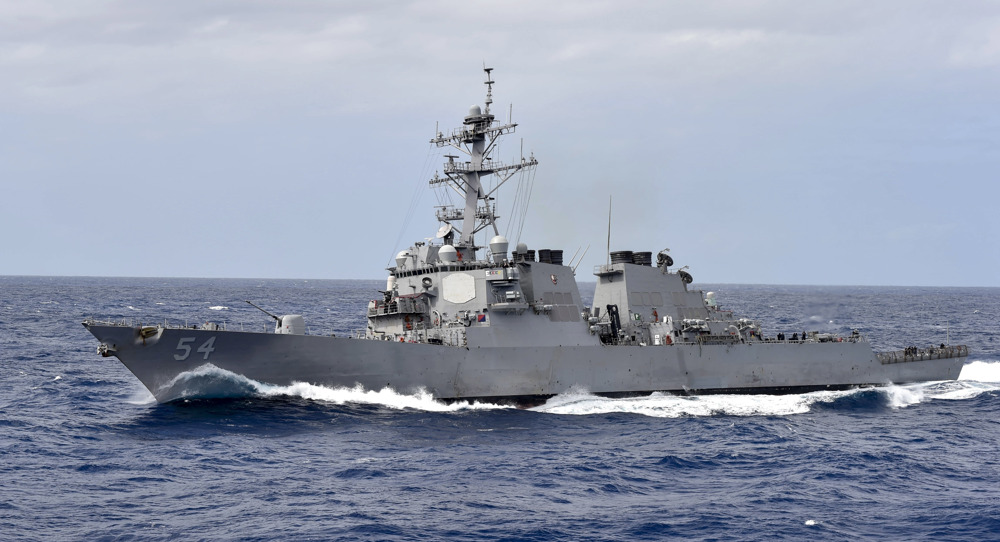
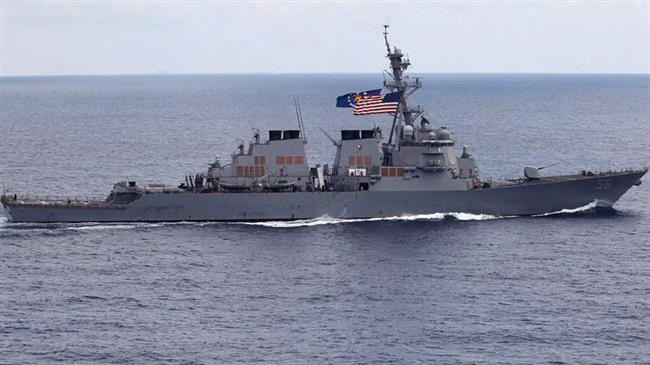

 This makes it easy to access the Press TV website
This makes it easy to access the Press TV website